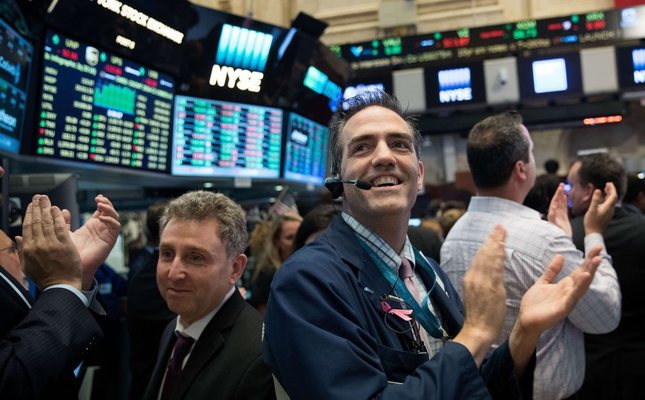
As the end of 2016 grows closer, we have to say that this has certainly been an eventful year. A long presidential election campaign left many Americans feeling bruised and more divided than ever. And many people were surprised when Donald Trump emerged as the victor. Similar to Brexit’s unexpected win in June, election polling and conventional wisdom proved to be quite wrong once people actually voted.
In fact, just 15 days before the election, the Washington Post said, “Donald Trump’s chances of winning are approaching zero.” Statistician and writer Nate Silver — who correctly predicted winners in all 50 states and D.C. for the 2012 presidential election — called this year’s results “the most shocking political development of my lifetime.”
No matter how you feel about the election’s outcome, we know that you may have many questions about what lies ahead. So, we’d like to provide deeper perspectives on what’s happened since the election and what to consider in the coming months.
1. What We’ve Seen So Far
Noteworthy Market Growth
Despite many predictions that the markets would go down if Trump won, we’ve experienced a significant bounce since his election. The S&P 500, Dow, and NASDAQ have all increased since November 8th; the Dow even closed at an all-time high on Thursday, November 10, and posted its best week since 2011, despite being slightly down the next day.
Positive Economic Data
At the same time, we’ve also received a number of positive indicators about our economy. The Consumer Price Index has had its best three months since 2012, retail sales continue to show steady gains, new unemployment gains were at their lowest point since 1973, and housing starts rose a whopping 25.5% in October.
In other words, data continues to show us that the economy is growing and gaining strength.
2. What’s on the Horizon
Potential Interest Rate Increase
Now that the election is over, the Federal Reserve’s December 13 – 14 meeting is the next big event that may affect market performance. Right now, the markets are indicating a 95% chance of the Fed raising interest rates in December. And on November 17, Fed Chairman Janet Yellen — who has proven hesitant to raise rates — told lawmakers that the increase could happen “relatively soon.”
As we’ve mentioned before, an interest rate increase could cause some market volatility in the short term. But, the Fed moving rates back to more normal levels is fundamentally a positive sign, because it indicates that the economy is healthy enough to withstand them.
President-Elect Trump’s Inauguration
Currently, the markets, media, politicians — and average Americans — are all looking for signs of what kind of president Donald Trump will actually be. We can look to his campaign promises and analyze his appointments, but no one can know for sure how he will serve until after he takes office January 20.
The markets’ rallies seem to show that investors expect increased infrastructure spending, plus decreases in three key areas: corporate tax rates, individual income taxes, and government regulation. But, as we’ve seen again and again in 2016, only time will tell.
In the meantime, we hope you will find confidence knowing that the economy shows many signs of sustained growth and fundamental strength. If you have any questions about how your strategy aligns with current circumstances, please feel free to contact us. Our country might feel divided right now, but we are by your side, no matter the political or economic climate.
John P. Chladek, MBA, CFP® is the President of Chladek Wealth Management, LLC, a fee-only financial advisor with a fresh approach to financial planning and investment management. Committed to busy professionals and entrepreneurs in Kansas City. For more information, visit https://www.chladekwealth.com.